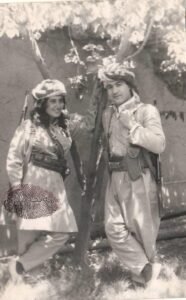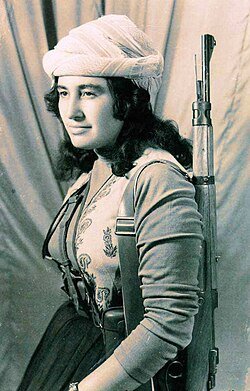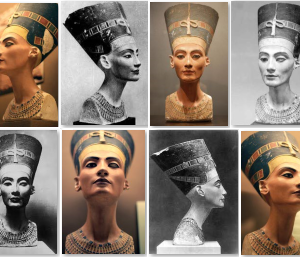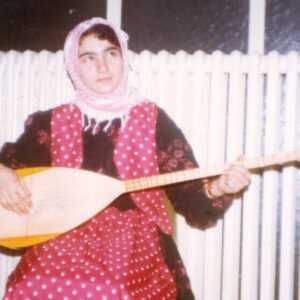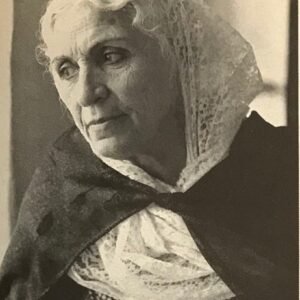Margaret George Shello was a Christian Assyrian woman, born on 21 January 1942 in the village Dūra, located in the mountainous Barwari region in the Duhok Governorate. Shello had a sister (Rosa) and a brother. Her father was recruited to the Kurdish cause in 1961 by Mustafa Barzani. Shello’s father at some point attempted to marry her to one of his business partners but she did not approve of the marriage and refused to live with her “husband”.
Margaret Shello, the first woman to join the Peshmerga units and fight with them in the mountains for a free Kurdistan, was not a Kurd but a Christian Aramaean. Her fame, even in the Western media, reached a cult status that no other female fighter has achieved to this day. In her time, photographers lined up to take a picture of her in uniform. At that time, photos of her existed everywhere in Kurdistan, once again highlighting the status of women in terms of equality within Kurdish society. Many authors see the reason for her freedom to join the guerrilla struggle in the Christian religion, while Muslim women were denied this.
Originally a hospital worker, Shello joined the Peshmerga at the age of 20 in 1963 after her village was attacked by a pro-government militia. Initially continuing to work with medical tasks, she quickly rose to become a military leader. Shello was the first female Peshmerga fighter and attracted renown as the female leader of an all-male unit, based somewhere in the vicinity of Akre. In contrast to the Muslim Kurdish women, who were not allowed to fight, Shello’s right to fight, despite her gender, was secured through her Christian faith and her family members already being involved in the movement.
A lover of photography, Shello developed a friendship with the Kurdish photographer Zaher Rashid, often visiting his studio in Qaladiza. According to Rashid, Shello liked to have her pictures taken and distributed so that people would know that she was a Peshmerga and to inspire other women to join the fight like she had. The photographs of Shello in military clothing alongside weapons were heavily circulated in Iraq and eventually reached Europe, where they gave a romanticized image of the Kurdish cause. Soon she became known in the west as the “Joan of Arc of the Kurdish Revolution”. Shello’s propaganda power might have made her a higher priority target than the leader of the Kurdish movement, Mustafa Barzani. Though she never joined any other movement outright, Shello did also show support for movements that sought to create an autonomous Assyria.
Some sources state that Shello after several years of service ceased to be a commander, either leaving to care for her father or being dismissed from the command of her unit due to her enthusiasm for further leadership.
Shello was killed on 26 December 1969. There are several contradictory accounts concerning the manner of her death. Generally speaking, Assyrians tend to believe that she was killed for calling for the recognition of the rights of the Assyrians at a meeting of the Kurdistan Democratic Party. Kurds on the other hand tend to believe that Shello was killed because she was sexually involved with a high-ranking KDP official, and that her death was thus an honor crime. Rumors spread by the enemies of the Peshmerga that Shello was Barzani’s mistress at the very least damaged his reputation. Other attributed causes of death include being executed by Barzani after demanding a higher leadership position, killed by a spurned lover, and being assassinated by either the Iraqi government or a rival Kurdish faction.
